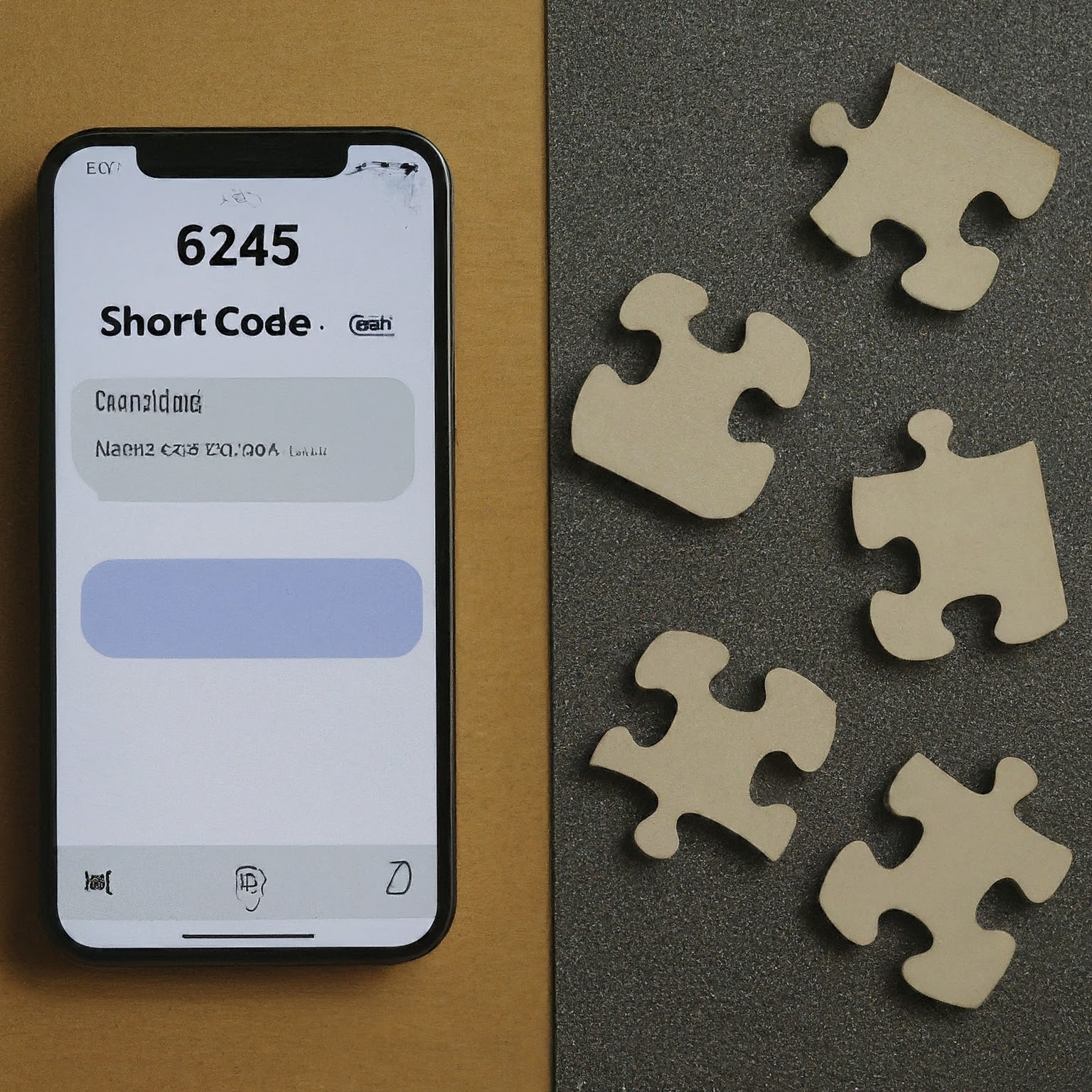In the world of mobile communication, short codes have become a prevalent method for businesses and organizations to communicate with their audiences. Short code 6245, in particular, has garnered attention due to its association with various services and platforms. This comprehensive guide aims to shed light on the nature of short code 6245, its different uses, potential concerns, and how you can effectively manage messages associated with it.

What is Short Code 6245?
Short code 6245 is a five-digit number utilized for sending and receiving text messages (SMS) and multimedia messages (MMS). Unlike traditional phone numbers, short codes are designed for high-volume messaging and often used for marketing campaigns, alerts, voting systems, two-factor authentication, and other purposes.
Who Uses Short Code 6245?
The short code 6245 is not exclusive to a single company or service. It is a shared shortcode, meaning it can be utilized by multiple entities for various purposes. Here are some of the common users of 6245:
- Verizon Wireless (vtext.com): Verizon uses 6245 as a gateway for their email-to-text messaging service. When someone sends an email to your Verizon phone number followed by “@vtext.com”, it is converted into a text message and delivered to your phone. The sender’s email address will typically appear as “6245” in the message.
- Other Companies and Services: Apart from Verizon, other businesses and organizations may also utilize 6245 for their own communication purposes. This could include banks, retailers, social media platforms, and more. They might use it to send alerts, notifications, promotional offers, or verification codes.
Understanding the Types of Messages from Short Code 6245
The messages you receive from short code 6245 can vary widely depending on the sender and the purpose of the communication. Here are some common types of messages associated with 6245:
- Verizon Email-to-Text: If you have a Verizon Wireless account, you might receive text messages from 6245 that are actually emails sent to your phone [email address removed] address. These could be personal emails, notifications from online services, or marketing messages from companies you’ve subscribed to.
- Account Alerts and Notifications: Some companies might use 6245 to send alerts about your account activity, such as password resets, transaction confirmations, or suspicious activity alerts.
- Promotional Messages: Businesses and organizations may use 6245 to send promotional offers, discount codes, or updates about their products and services.
- Verification Codes: If you’ve enabled two-factor authentication (2FA) for any online account, you might receive verification codes from 6245 to confirm your identity.
Potential Concerns with Short Code 6245
While most messages from short code 6245 are legitimate, there are some potential concerns to be aware of:
- Spam Messages: Unfortunately, spammers can sometimes exploit short codes to send unsolicited and unwanted messages. These messages might contain phishing attempts or links to malicious websites.
- Privacy Concerns: Some users may have privacy concerns about sharing their phone number with businesses and organizations. It’s important to be mindful of who you share your phone number with and review the privacy policies of any services you sign up for.
- Unexpected Charges: In some cases, responding to messages from short codes or signing up for certain services might incur charges. Be sure to read the terms and conditions carefully before interacting with any short code.
Managing Messages from Short Code 6245
If you’re receiving unwanted messages from short code 6245, you have several options:
- Reply STOP (for Verizon Email-to-Text): If the messages are from Verizon’s email-to-text service, you can usually stop them by replying with the word “STOP” to the message.
- Block the Short Code: You can block the 6245 short code on your phone to prevent receiving any further messages from it. However, be aware that this might also block legitimate messages from other companies using the same short code.
- Contact the Sender: If you can identify the sender of the message, you can contact them directly to request removal from their messaging list.
- Report Spam: If you believe you’re receiving spam messages, report them to your carrier and the Federal Communications Commission (FCC).
Best Practices for Interacting with Short Codes
To ensure a safe and positive experience with short codes like 6245, follow these best practices:
- Be Cautious: Avoid clicking on links or providing personal information in response to unsolicited messages.
- Verify the Sender: If you’re unsure about the source of a message, use a text short code lookup tool or contact the company directly to confirm its authenticity.
- Manage Your Subscriptions: Keep track of the services and promotions you’ve signed up for and unsubscribe from those you no longer want to receive messages from.
Conclusion
Short code 6245 serves a variety of purposes for different companies and organizations. While it can be a convenient tool for communication, it’s important to be aware of the potential for spam and unwanted messages. By understanding the various uses of 6245, verifying the sender of messages, and managing your communication preferences, you can effectively utilize this short code while protecting yourself from potential scams or privacy concerns. Remember, staying informed and vigilant is key to ensuring a safe and positive mobile messaging experience.


